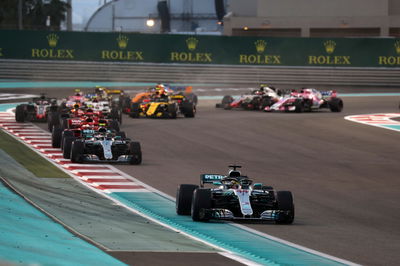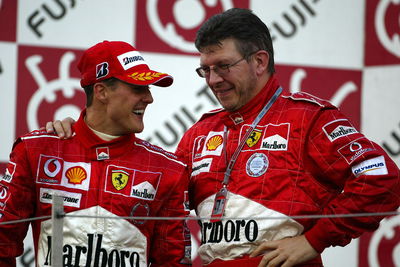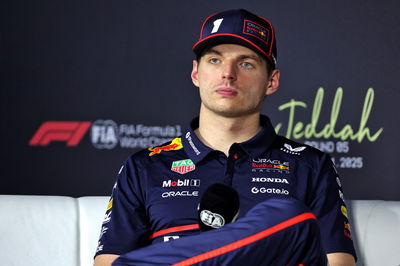F1 using overtaking simulation to review circuit design
Formula 1 is using the world's first overtaking simulations to help design future circuits and encourage a better quality of racing, according to Pat Symonds.
Since its takeover by Liberty Media in January 2017, F1 has been working to make improvements to its on-track spectacle, with a significant overhaul of the technical regulations planned for 2021 to try and make overtaking easier to accomplish.

Formula 1 is using the world's first overtaking simulations to help design future circuits and encourage a better quality of racing, according to Pat Symonds.
Since its takeover by Liberty Media in January 2017, F1 has been working to make improvements to its on-track spectacle, with a significant overhaul of the technical regulations planned for 2021 to try and make overtaking easier to accomplish.
Circuit design has also come into question as a result, and is under review by F1's technical department that is headed up by Ross Brawn, with Symonds being part of the team reviewing potential changes.
Speaking at Autosport International in Birmingham earlier this week, Symonds claimed F1 is using the world's first overtaking simulation to help design its future circuits and make changes to existing ones.
"One of the little groups working for me is the vehicle performance group, and the guy who is running that is looking at a lot of circuit design. In our simulations, we’ve produced what I think is the world’s first overtaking simulation," Symonds said.
"It’s been extremely complex to do, and to run a lap takes several hours, it’s a very, very complex simulation. But it has a proper weight model of the cars and it looks at the surface and the tyre characteristics and all these sort of things.
"We’re now using that to design our new circuits, and indeed to make some modifications. So Vietnam, which is the first circuit we’ve really been involved with, I think we have really been able to understand what it would take to make good racing there. I think Vietnam is going to be a superb circuit. It’s got some great features, it’s going to have close racing at it.
"We’ve used it also to look at places like for example Abu Dhabi, where it’s very difficult to get an exciting race at Abu Dhabi. We’ve looked at maybe what could be done to that and how we could improve the racing."
While a number of sudden changes have been suggested to try and aid overtaking, such as cutting downforce by around half, Symonds stressed the importance of research proving that ideas can work in reality.
"We’ve got to have the science behind it, we’ve got to have the evidence," Symonds said.
"I’ve heard so many theories about how to make cars overtake, everyone’s saying give them more mechanical grip, you hear that one time and time again - and yet the evidence is that in a wet race where you’ve got less grip, you get much better racing.
"We’re putting some of the science into it now."











